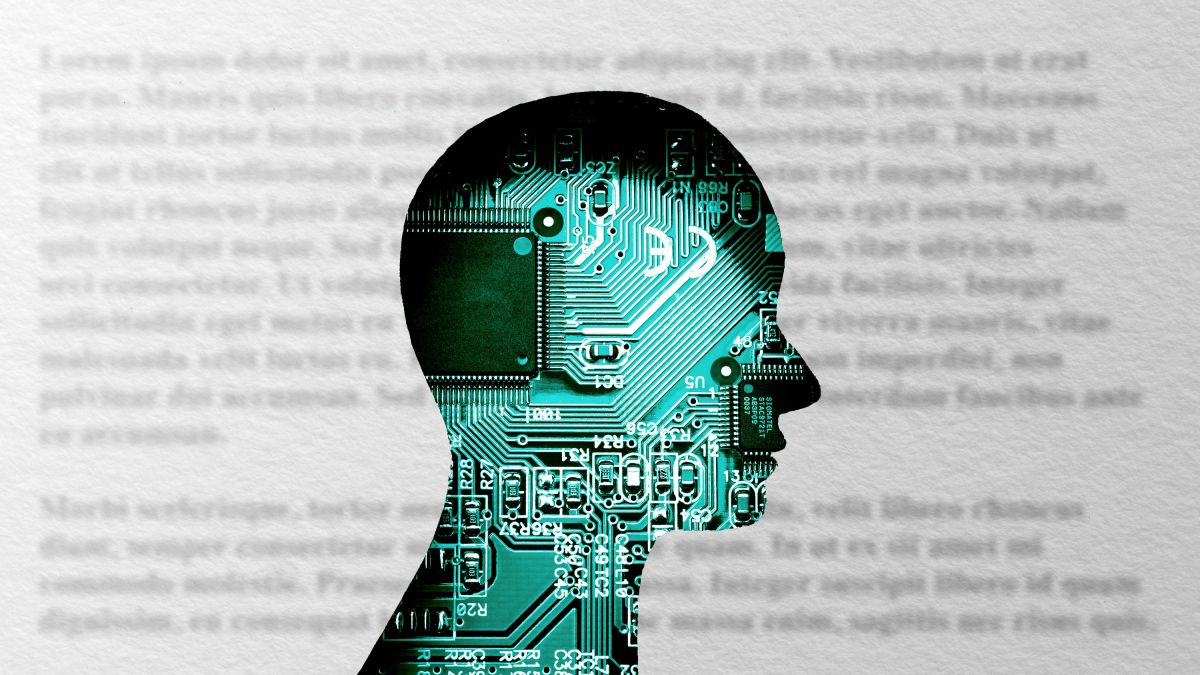Ai Detector Strategies and Solutions
Ai Detector Strategies and Solutions
Blog Article

Detecting AI-Written Text in 2024: Strategies and Tools
Detecting whether a text was written by AI in 2024 involves a combination of technological tools, linguistic analysis, and contextual evaluation. As AI writing technologies become more advanced, distinguishing between human and AI-generated texts can be challenging. Explore chatgpt detectors for further insights. However, there are several strategies and tools that can help identify AI-written content:
1. Use of Specialized Detection Tools
Several platforms and software have been developed to specifically detect AI-generated text. These tools often use machine learning algorithms to analyze the text's structure, word choice, and patterns that are typical of AI-generated content. Examples include OpenAI's text classifier, Turnitin, and other proprietary software designed for academic or professional use. These tools compare the submitted text against known AI writing patterns and provide a likelihood score of whether the text is AI-generated.
2. Analyzing Writing Style and Consistency
AI-generated texts may sometimes lack the nuanced understanding of context or show inconsistencies in style and tone. Human writing often reflects unique stylistic choices, personal idiosyncrasies, and contextual understanding that AI might not perfectly replicate. Look for:
- Overuse of certain phrases or words
- Lack of depth or nuance in discussing complex topics
- Inconsistencies in tone or style throughout the text
3. Checking for Logical Flow and Coherence
While AI can generate highly coherent and contextually appropriate text, it may struggle with maintaining a logical flow in arguments or narratives over longer texts. Inconsistencies in the storyline, argumentative leaps, or unsupported assertions may indicate AI authorship.
4. Evaluating Depth of Knowledge and Insight
AI-generated texts might lack deep insights or original perspectives, especially on subjects requiring personal experience or specialized knowledge. AI tends to aggregate and synthesize existing information, which can lead to texts that feel superficial or generic in their analysis or conclusions.
5. Understanding AI's Limitations
Being aware of the current limitations of AI can be helpful. For instance, AI might not fully grasp cultural nuances, subtle humor, or deeply contextual references. Texts that lack these elements or misinterpret them could potentially be AI-generated.
6. Cross-referencing Information
AI-generated content might include factual inaccuracies or outdated information since it relies on the data it was trained on. Cross-referencing the facts, dates, and references in the text with reliable sources can reveal inaccuracies typical of AI-generated content.
Conclusion
While these methods can provide indicators, it's important to note that none of them alone guarantee certainty in identifying AI-generated text. The effectiveness of detection methods will continue to evolve as AI writing technologies advance. Moreover, the ethical use of AI in writing involves transparency and appropriate disclosure of AI assistance to maintain trust and integrity in various fields, including academia, journalism, and content creation.
Report this page